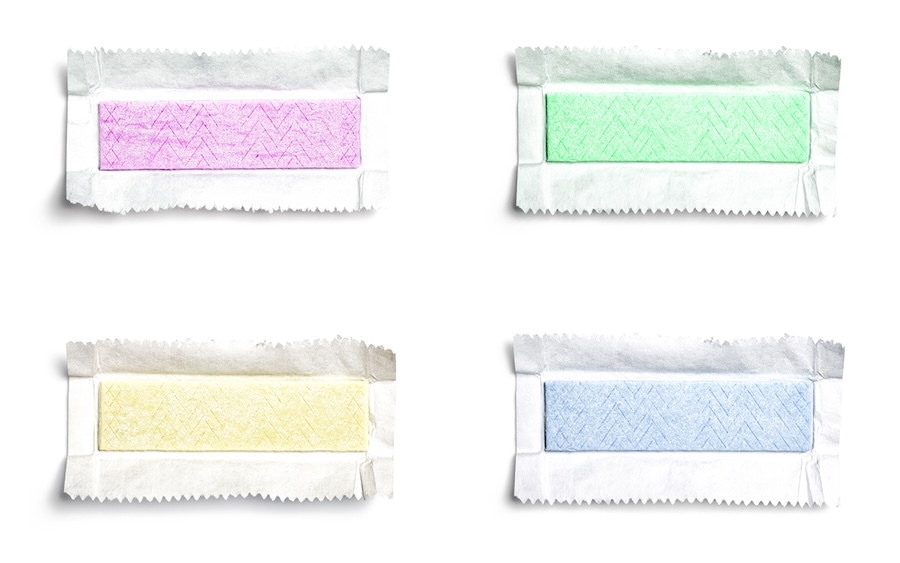Chewing gum has long lived in a gray area between treat and habit. Is it a tooth-saver—or a troublemaker? According to the American Dental Association (ADA), the answer depends on the kind of gum and how you use it. Spoiler: some gum may actually help your smile.
What the ADA Says About Chewing Gum
The ADA gives its Seal of Acceptance to sugar-free gums that meet specific safety and efficacy standards. These gums aren’t just harmless—they can actually help support oral health in certain ways. When chewed after meals, they boost saliva production, which helps neutralize acids and wash away food particles.
This increase in saliva can slow the effects of acid attacks from bacteria. That’s good news for preventing early decay and keeping enamel strong. Look for gums labeled “sugar-free” and approved by the ADA to make sure you’re picking one that meets these guidelines.
Why Sugar-Free Matters
Regular gum made with sugar fuels the bacteria in your mouth that contribute to cavities. That means chewing sugary gum can actually increase your risk of decay—especially if you’re not brushing regularly.
Sugar-free gum uses non-cavity-causing sweeteners like xylitol or sorbitol. These don’t feed oral bacteria the way sugar does. In fact, xylitol has been shown to reduce bacteria levels in the mouth over time. The difference can be significant—so reading the label matters.
When Gum Helps—and When It Doesn’t
Chewing sugar-free gum after meals, especially when brushing isn’t an option, can give your mouth a quick refresh. It helps clear food debris and balances pH levels. But it’s not a substitute for brushing and flossing.
On the flip side, chewing gum for hours, clenching your jaw, or relying on it constantly may aggravate the jaw joint or lead to muscle soreness. If you have TMJ symptoms, gum may not be the best choice.
What About Kids and Gum?
The ADA doesn’t offer a specific age guideline for gum chewing. It depends more on your child’s ability to chew safely and not swallow the gum. Generally, age four or five is when some kids can handle gum without incident—but it’s up to the parent’s judgment.
If you do allow gum, sugar-free is essential. Talk to Dr. Chittajallu at Southwest Smiles about whether it’s a good fit for your child’s dental routine.
Chewing Gum and Preventive Care at Southwest Smiles in Austin, TX
At Southwest Smiles in Austin, TX, Dr. Lakshmi Chittajallu stays up to date with ADA recommendations to guide everyday dental choices—like chewing gum. If you’re unsure whether it belongs in your routine, we can help assess your needs and offer personalized recommendations.
Have questions about sugar-free gum, xylitol, or how to care for your teeth between meals? Call today to schedule a visit and get personalized advice you can actually use.

